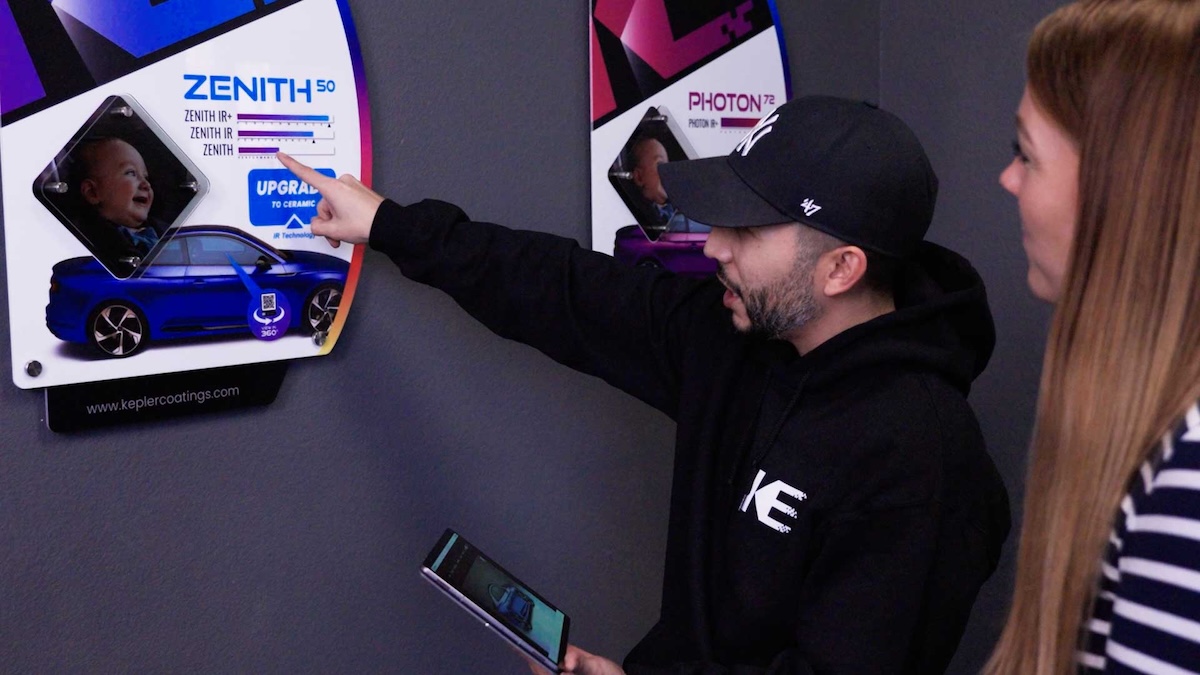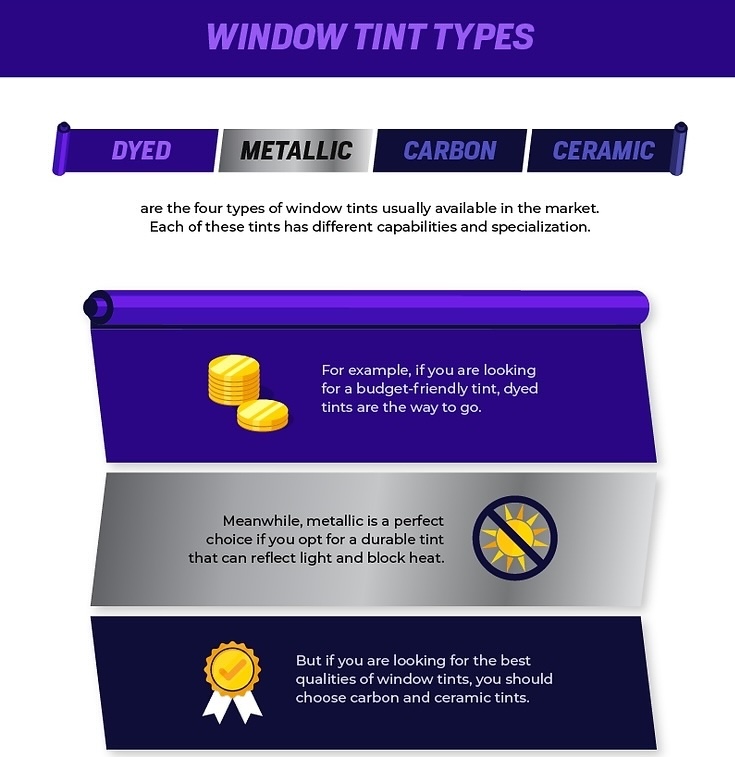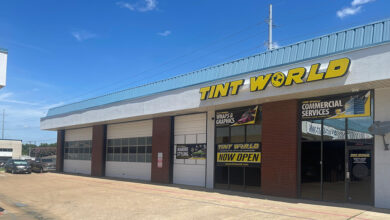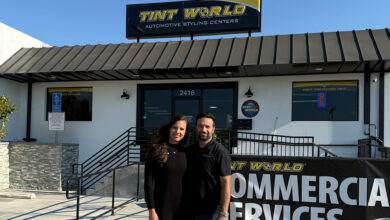A Starter’s Guide to Basic Automotive Window Film Selection
Professionals should first understand the differences between dyed, metalized, carbon & ceramic films...

Editor’s note: This article was provided by Kepler Dealer as an introduction to basic automotive window film selection for shop professionals.
When a client pulls in and asks for window tinting, they’re usually looking for more than just shade or style. Your team needs to look beyond the surface-level request and dig deeper. What really makes a tint “right” for a car isn’t just one feature, but a mix of ease of application, durability, legal compliance, heat rejection and more.
Let’s look at how you can choose the right window tint.
One Size Doesn’t Fit All
If you’ve been in the car window tinting business long enough, you know every customer has a different vehicle and different expectations. Some cars have curved glass while others have flatter panes. Furthermore, laws vary from state to state.
One client may prioritize privacy above all else. Another may just want to reduce glare. The point is, what’s right for one customer may not be right for another. That’s why offering variety is key.

Know Your Film Inside & Out
Shop professionals should first understand the differences between dyed, metalized, carbon and ceramic films. Each comes with its own pros and cons.
- Dyed films are usually the most affordable. They’re primarily used for appearance, but they don’t offer much heat rejection or long-term performance.
- Metalized films offer better durability and heat rejection, but they can interfere with radio, GPS, or Bluetooth operations. In 2025, that’s a dealbreaker for most customers.
- Carbon films hit the sweet spot. They give the benefits of dyed and metalized films without the drawbacks.
- Ceramic films sit at the top of the chart. They outperform the rest in TSER (Total Solar Energy Rejected) and infrared rejection.
It’s your job to know how your preferred brands hold up under real-world conditions. That means reading spec sheets, checking plotter compatibility and knowing how each film behaves on curved glass.
Film That Works With Your Shop’s Flow
Don’t just choose a film because it looks good on paper. Ask yourself if it actually works for how your shop runs.
Some films shrink easily and apply smoothly. Others fight you the entire way. Some take longer to cure in cold weather. Others will lift at the edges if the prep work isn’t perfect.
Installation time matters, especially in a high-volume shop. A high redo rate is something you want to avoid. Choose films that make installation easier and help your team move confidently from one job to the next.
Shops offering car window tinting know winter installs can be less forgiving. Choose a film that holds up when temperatures and humidity fluctuate.
Local Laws Still Set the Baseline
As mentioned, laws vary from state to state. Massachusetts, for instance, still enforces a 35% VLT (Visible Light Transmission) minimum for front side windows. The rear side and back windows can be darker, depending on the type of vehicle. But you can’t expect the client to know what’s legal. That’s your job.
If your team isn’t staying current on tinting laws, it could cost you. Every time you install an illegal tint, you risk bad reviews, forced removals or worse.
Price vs. Performance
Upselling is part of the business, but it should never feel pushy. The key is to offer real value and real options. Not everyone wants or needs a top-tier product, but when someone does, you need to clearly explain why it’s worth the cost.
For example, ceramic tint blocks more heat without reducing visibility at night. That’s something clients value once they understand it. Stick to a three-tiered model: economy, mid-grade and high-performance. Let clients decide, but guide them using real-world experience, not just sales copy.
Back It Up With a Real Warranty
Nothing builds trust like a strong warranty. Words can convince, but a written warranty offers peace of mind. It shows the manufacturer stands behind the product.
A tint is only as good as the warranty that supports it. Avoid warranties full of fine print. They won’t help if a client returns with bubbling, fading or peeling film. If you’re serious about long-term success, partner with brands that offer solid, written warranties—ideally ones that also cover your labor costs if a defect occurs.
Final Thoughts
Choosing the right window tint isn’t always straightforward. You need to find a balance between what works for the car, the client, your team and your bottom line. Ideally, the customer shouldn’t have to come back after one hot summer.



